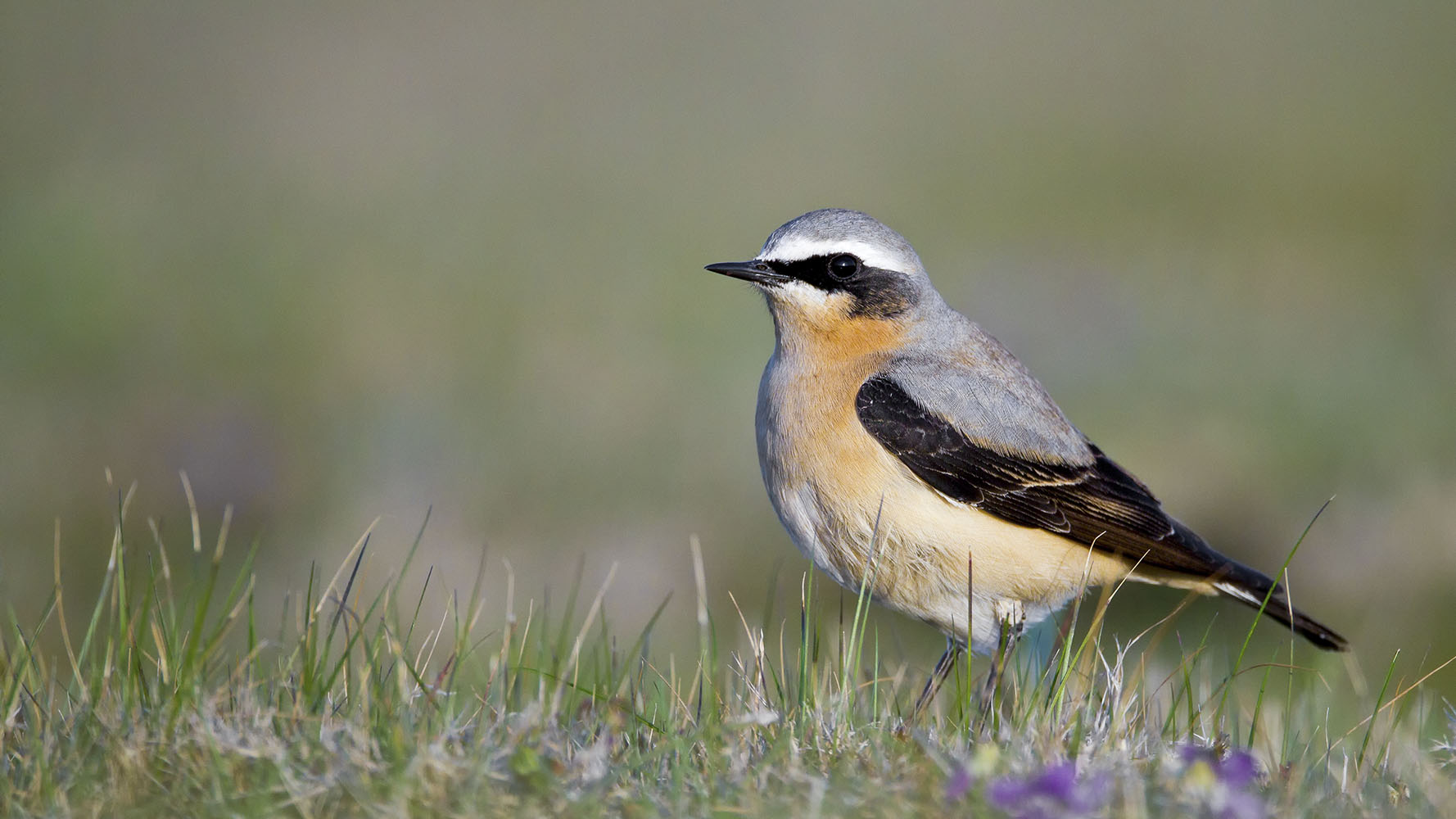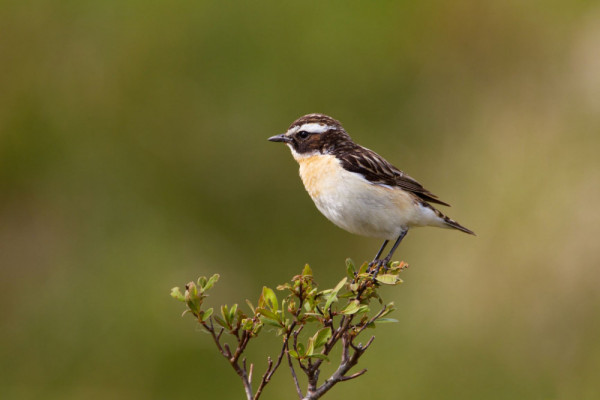
Migration blog (23rd – 29th April)
Spring migration has so far been a slow and steady affair, and with the weather being dominated by clear skies and northerly winds it has meant reports of some species have been much lower than would be expected for the time of year.
For many of us the harbingers of spring are Swallows and House Martins and so far this year it has been a rather mixed story. The warm period at the end of March into early April allowed birds to arrive and reports for both species flooded in as birds pushed northwards. However, in the last week or two the reports have fallen away with some traditional breeding sites yet to see them arrive. The reporting rates for both Swallow and House Martins are markedly below expected at this time of year, almost certainly due to the unfavourable wind directions, not only here but further south into France and Spain where there has also been lots of rain not only impacting on the ability for these birds to find food but to continue their migration north. These weather conditions result in the formation of a bottleneck as birds trying to move north encounter bad weather or strong headwinds causing them to pause until conditions improve. Some will still make it through but many will wait it out until conditions improve, with lighter winds or winds from a southerly direction and clearer weather causing the flood gates to open as birds pour northwards eager to make up for lost time.
All this doesn’t mean there has been a total lack of summer visitors, species such as Ring Ouzel, Redstart, Yellow Wagtail and Whimbrel have all been widely reported and only marginally behind their historical reporting rates. The last week has also seen the first few reports of Hobby, Turtle Dove, Cuckoo, Swift, Little Tern, and Whinchat, and inevitably the odd scarcity has been found too with Eastern and Western Subalpine Warbler, Hoopoe, Black-winged Stilt, Bee-eater, and Sardinian Warbler all being found in the last week.
Wader passage began to pick up pace last week with Bar-tailed Godwit being the stand out species as the BirdTrack reporting rate showed a spike which is about 10 days ahead of when they normally pass through Britain and Ireland to their breeding areas in northern Scandinavia and eastwards.

Species focus — Lesser Whitethroat
Lesser Whitethroat’s arrival in the UK during mid-April sees the completion of a journey back that takes it around the eastern end of the Mediterranean. Lesser Whitethroat winters mainly in East Africa, in Sudan, Chad, Eritrea and north and central Ethiopia and they get there via a stopover in northern Italy, before crossing the Mediterranean to Egypt and then a direct desert crossing from there.
In the UK, Lesser Whitethroats breed mainly in the south and east of the UK but its range extends into southeast Scotland and west into Wales as far west as Anglesey where the breeding population has experienced a recent upturn. The European breeding population has remained stable since the 80s.
Around 79.000 pairs breed in the UK but it has seen large fluctuations. Its breeding population was largely stable in the UK between the 60s and 80s after which it began to decline, a decline that would last until the late 90s. Since then it has increased and between 1993 and 2018 it increased by 13%.
Although the weather over the coming days looks less than ideal for migration some species will still make it to Britain and Ireland
Looking ahead
With similar weather conditions forecast for the coming few days it looks unlikely that there will be a significant improvement in spring migration. High pressure, however, will dominate leading to clearer skies that will at least mean those species that have pushed northwards won’t be met with inclement weather and temperatures are only a few degrees below where they should be for the time of year.
It is the weather in southern Europe that will have the biggest impact on what species we can expect and the intensity of this arrival. The forecast for much of Europe for the coming week is unsettled conditions with a lot of rain and winds from a north and easterly direction, all of which means migration is likely to remain slow and steady. As with the previous week this doesn’t mean there will be a complete halt in migration, some individuals will still continue their migration, pushed on by the urge to breed and species to look out for in the coming week are Common and Arctic Tern, Little Gull, Whimbrel, Bar-tailed Godwit, Reed, Grasshopper, Garden, and Willow Warblers, Lesser Whitethroat, and Whinchat. Many of these species can be found across much of Britain and Ireland during spring migration, indeed Arctic Terns and Little Gulls can be found in mixed flocks at inland waters as they head almost straight up the country on their way north. Bar-tailed Godwits and Whimbrel can also be found away from coastal locations and prefer similar habitats during migration.

Another species of wader that is on the move at this time of year is Common Sandpiper. This species likes fast flowing rivers to breed near but can be found at a variety of waterbodies as they migrate. Their high pitched whistling call and distinctive flickering wing beats as they fly is a good way of identifying one. If you like listening and recording nocturnal migrants all of these waders can be heard at night as they migrate, and other species to listen out for are Little Grebe, Moorhen and Coot and maybe if you are lucky, Quail which will be arriving in the next few weeks.







Share this page